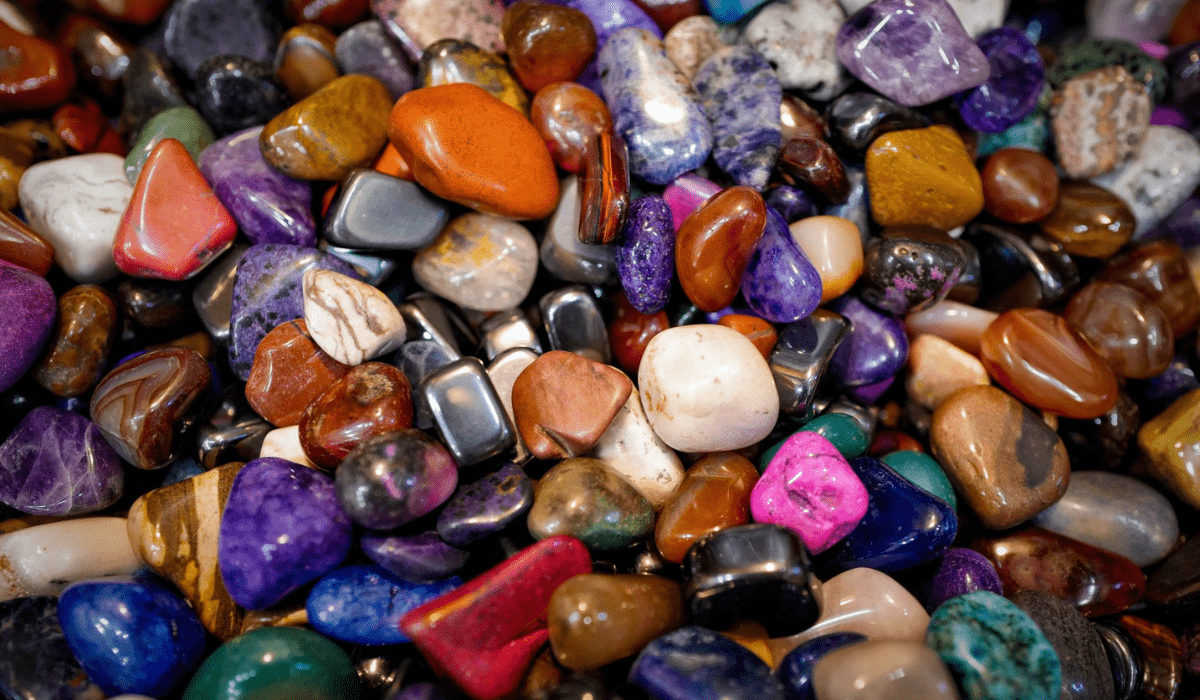Introduction
The gem industry in Sri Lanka, renowned for its rich heritage and vibrant diversity, has been a cornerstone of the country’s economy and culture for centuries. This report delves into the composition of gems in Sri Lanka, major types of gems and rare gems, historical perspectives, contributions to national income, government support, current trends, modern perspectives, and actions for future progress.
Table of Contents
Composition of Gems in Sri Lanka
Sri Lanka, often referred to as the “Gem Island,” is home to a variety of gemstones. The gem-bearing gravel known as ‘illam’ is found in numerous regions, with the Ratnapura district being the most famous. The composition of gems in Sri Lanka includes a wide range of precious and semi-precious stones.




Major Types of Gems
- Blue Sapphire: Known as the ‘Ceylon Sapphire,’ it is the most famous and valuable gem found in Sri Lanka. These sapphires are renowned for their vibrant blue color and clarity.
- Ruby: Although rarer than sapphires, Sri Lankan rubies are prized for their deep red hues.
- Cat’s Eye: A unique gemstone known for its distinctive light reflection, resembling a cat’s eye.
- Alexandrite: Known for its color-changing properties, this gem changes color from green in daylight to red under incandescent light.
- Spinel: Available in a range of colors, Sri Lankan spinels are particularly valued for their brilliant red and cobalt blue varieties.
- Topaz: Often found in shades of yellow, pink, and blue, Sri Lankan topaz is another popular gem.
- Garnet: A diverse group of silicate minerals, garnets in Sri Lanka are found in colors ranging from deep red to green.
Rare Gems
- Padparadscha Sapphire: A rare and highly valued gem, it exhibits a unique blend of pink and orange hues.
- Star Sapphire: Known for the star-like pattern on its surface, caused by needle-like inclusions within the stone.
- Zircon: Sri Lankan zircon is noted for its brilliance and fire, often found in a range of colors including blue, yellow, and red.
Historical Perspective
Pre-Colonial Era
The history of the gem industry in Sri Lanka dates back over 2000 years. Ancient texts and records indicate that gems from Sri Lanka were traded with various civilizations, including the Greeks, Romans, and Arabs. The island’s gemstones were highly prized and sought after for their quality and beauty.
Colonial Era
During the Portuguese, Dutch, and British colonial periods, the gem industry experienced significant growth and development. The British, in particular, played a crucial role in establishing structured mining operations and expanding the export markets for Sri Lankan gems.
Post-Independence Era
Post-independence, the gem industry continued to thrive, with the government implementing various policies and programs to support and regulate the sector. The establishment of the State Gem Corporation in 1971 marked a significant milestone in the industry’s development, aiming to oversee gem mining, cutting, and marketing activities.




Contribution to National Income
The gem industry in Sri Lanka is a major contributor to the national economy, generating substantial revenue through exports. Gems and jewelry are one of the top export earners, bringing in millions of dollars annually. The industry also provides employment to thousands of people, from miners and cutters to traders and exporters. Alternatively , the gem industry gives direct positive contribution to enhancement of Tourist Industry of Sri Lanka , which is one of the the major contributions to the National Income.
Government Support
The Sri Lankan government has implemented several measures to support the gem industry, including:
- Regulations and Licensing: Ensuring sustainable mining practices and protecting the environment.
- Research and Development: Investing in research to enhance gem cutting and polishing techniques.
- Training and Education: Providing training programs for gemologists, miners, and craftsmen to improve skills and knowledge.
- Marketing and Promotion: Supporting participation in international gem and jewelry exhibitions to promote Sri Lankan gems globally through National Gem and jewellery Authority.
Current Trends in Gem Industry of Sri Lanka

Modernization
The gem industry in Sri Lanka is embracing modernization, with advancements in mining technology, cutting, and polishing techniques. The use of modern equipment and machinery has improved efficiency and productivity.
Ethical and Sustainable Practices
There is a growing emphasis on ethical mining practices and sustainability. The government and industry stakeholders are working together to ensure that mining activities do not harm the environment and that workers’ rights are protected.
Modern Technological Advancements
- Advanced Mining Techniques: The use of modern machinery and technology to increase efficiency and reduce environmental impact.
- Cutting and Polishing Technology: Adoption of sophisticated cutting and polishing techniques to enhance the quality and value of gems.
- Gem Testing Laboratories: Establishing state-of-the-art laboratories to certify and grade gemstones, ensuring authenticity and quality.
International Gem Exhibitions
Sri Lankan gems are showcased at major international gem and jewelry exhibitions, such as:
- Baselworld: One of the world’s largest jewelry and watch fairs held in Switzerland.
- Hong Kong International Jewelry Show: A significant event for promoting Sri Lankan gems in the Asian market.
- JCK Las Vegas: A premier trade show in the United States, providing a platform to connect with global buyers and traders.
Future Prospects
Export-Oriented Strategies
To further boost the gem industry’s contribution to the national economy, there is a focus on enhancing export-oriented strategies. This includes improving the quality and marketability of gems, value addition, and branding.
Sustainable Development
Promoting sustainable and environmentally friendly mining practices is crucial for the industry’s long-term viability. Implementing strict regulations and encouraging corporate social responsibility among mining companies are essential steps.
Technological Innovation
Continuing to invest in modern technology and innovation will be key to maintaining Sri Lanka’s competitive edge in the global gem market. This includes advancements in mining, cutting, and certification processes.
Conclusion
The gem industry in Sri Lanka, with its rich history and diverse range of gemstones, remains a vital sector of the country’s economy. By leveraging modern technologies, ethical practices, and strategic marketing, Sri Lanka can continue to shine on the global stage. The commitment to sustainability and quality ensures that the “Gem Island” will continue to captivate and enchant the world with its stunning natural treasures.




